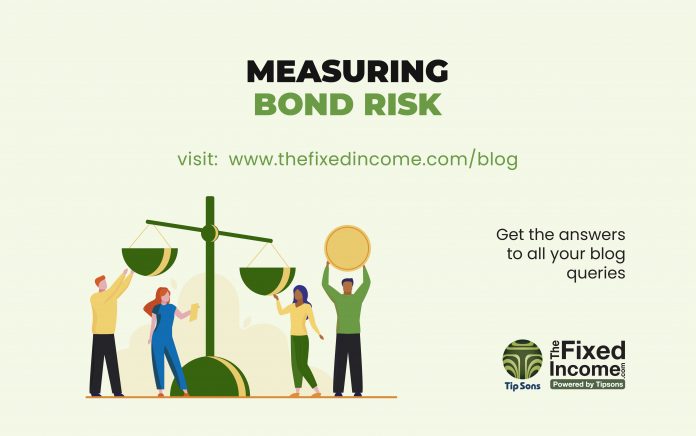Mutual fund factsheets provide a good amount of data. Some of the material given is very useful, especially that related to fixed-income funds. One is the tiny figure given as modified duration.
Macauley Duration points to the time it really takes for the money due on a bond to be returned to the investor. This is the weighted average of the cash flows of a bond. The relative risk that the length of time an investment in debt is a direct extraction from the concept of duration.
A regular coupon paying bond repays the dues in about 70% of its time to maturity, if it pays interest semi-annually or annually, while a zero-coupon bond, which has as long a duration as maturity as it does not provide any cash flow till the end.
The twin risks of a bond are default and changes in interest rates in the economy. We have seen how interest rate changes impact bond prices in an inverse manner – as interest rates drop the bond price goes up, and vice versa. Modified Duration guides us to a reasonably fine measurement of the changes in bond prices as interest rates change.
We have seen maturity and the difference between maturity of a bond and its duration. Very simply duration measures the real skin the investor has in a bond, exposure being equal to how long, on an (weighted) average the principal plus interest is outstanding. We have also seen the impact of changes in interest rates in the economy affecting prices of bonds. These are in a pattern where the bond prices stay in a range that reflects their duration, credit rating and coupon – all showing in the yield to maturity (returns on the bond from the current market price held till the bond expires with the entire set of cash flows, from interest to final principal value received on it). The impact of the changes in interest rates on bond prices is entirely inverse, in that bond prices go up when interest rates in the economy go down.
The inverse, or reverse relationship between interest rates and bond prices is entirely dependent on the residual duration of the bond – that is the time left of the cash flows on the bond to be returned to the investor. A 10 year bond issued 9 years ago is treated as if it is a 1 year bond, for that is the valid life left in the bond. It is the residual like of the bond that matters. Actually, it is the remaining duration of the bond that decides how it reacts to changes in market interest rates. This reaction to rate changes is modified duration. It tells us of the risk of the price of a bond, or portfolio of bonds going up, or down for every 1% change in interest rates.
Logically, if there are just 6 months to maturity left in a bond it would not interest anyone looking at taking a risk with interest rate movements. However, a 30 year bond (there are government securities with such maturity) would provide a wide play on the risk of capital appreciation, or depreciation.
For the numerically minded:
modified duration = Macauley Duration
(1+ YTM/n)
where YTM is the yield to maturity, and n are the number of coupons paid each year.
Limitation:
The limitation of this calculation is that it is only representative. The price gains on reduction of interest rates is greater than the drop in price for an equal increase in interest rates. That’s the study for another day.






















